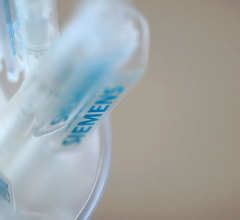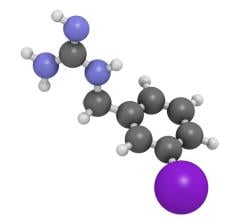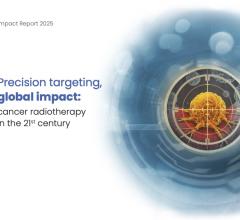
Dose Verification System
May 18, 2010 - Prostate cancer is the most common non-skin cancer in America, affecting one in six men. It is estimated that there are more than 2 million American men currently living with prostate cancer.
Radiation therapy is the second most commonly used treatment for prostate cancer, however, growing concern for the safety of radiological procedures has prompted hospitals to take precautions.
At the John Theurer Cancer Center at Hackensack University Medical Center in New Jersey, the state's largest cancer center, radiation oncologists currently implanting a wireless radiation sensor, known as DVS (Dose Verification System). Doctors can now receive data immediately post-treatment on the precise amount of radiation being delivered to tumors and surrounding tissue for prostate cancer treatments.
"Traditional radiation therapies rely on knowing the exact location of the tumor, but provide no guidance on quantifying the actual dose being delivered to the tumor," said Glen Gejerman, M.D., co-chief, urologic oncology and director, radiation oncology, John Theurer Cancer Center. "With this implantable device, we can now offer critical same day radiation dose adjustments."
The DVS sensors are 2.1 mm in diameter and 20 mm long, are the first U.S. Food and Drug Administration-cleared wireless implantable sensors designed to assist clinicians in determining the actual dose of radiation being delivered to the tumor.
The sensors are implanted during a minimally invasive procedure and gather data on the precise amount of radiation being delivered to the tumor. Wireless technology transmits the information to a hand-held monitor, and the amount of radiation absorbed is read at the end of each of the daily treatments, enabling doctors to verify that the patient is receiving the prescribed dose.
Deviations in dose delivered to the tumor, or radiation accidentally administered to normal tissue, can have a profound impact on long-term survival rates and quality of life for patients treated with radiation therapy. Accurate delivery of the appropriate dose of radiation is critical to tumor control and cure rate. A long-term clinical study of nearly 230 prostate cancer patients demonstrated statistical significance between dose and benefit, highlighting the importance of measuring the amount of dose delivered. (1)
Reference: (1) Hanks GE, Hanlon AL, Epstein B, et al. Dose Response in Prostate Cancer With 8-12 Years' Follow-Up. Int. J. Radiation Oncology Biol. Phys., Vol. 54, No 2, pp. 427-435, 2002.
For more information: www.siceltech.com


 December 11, 2025
December 11, 2025 









